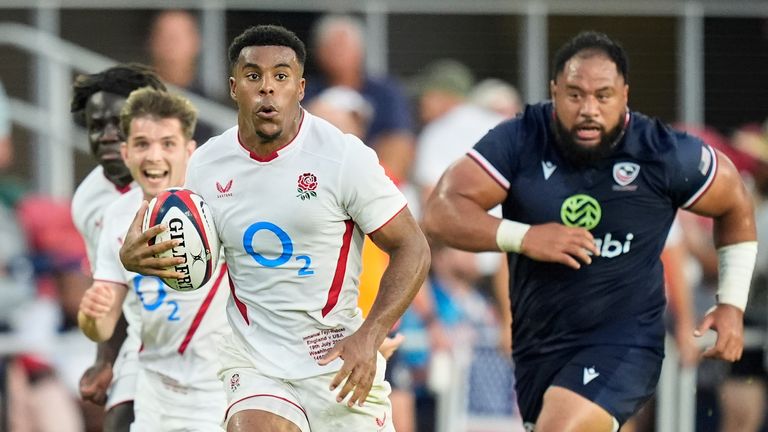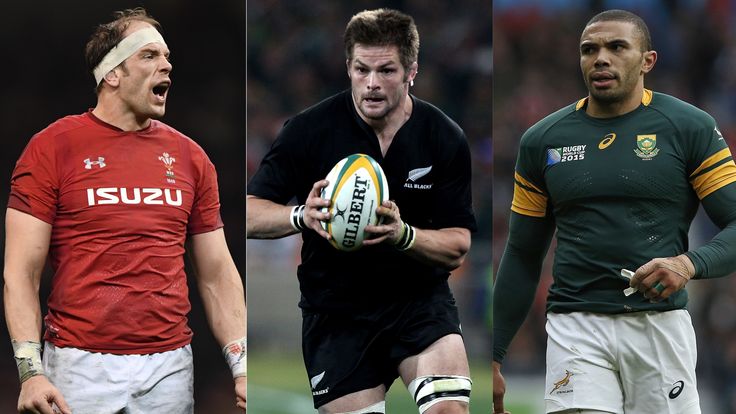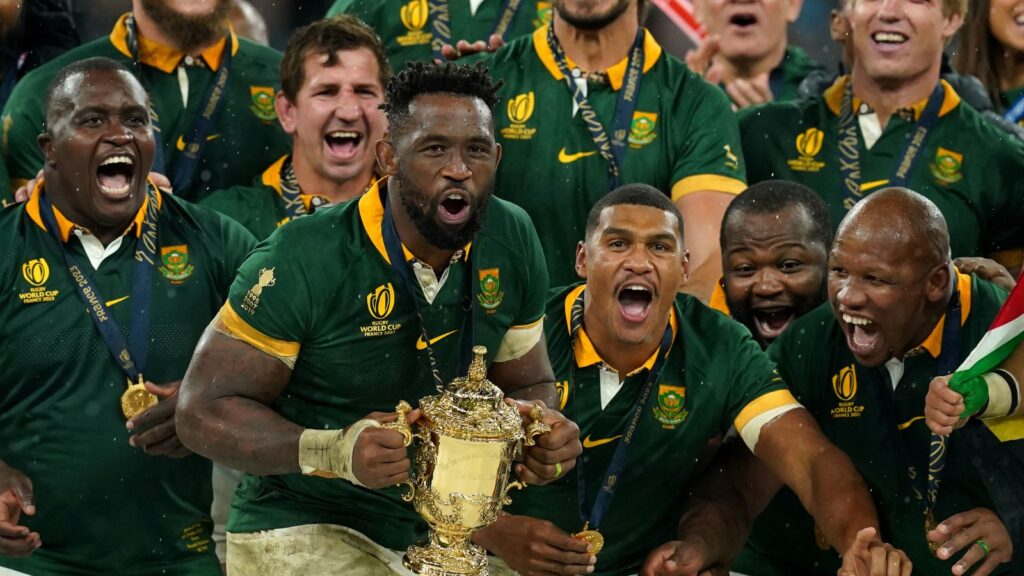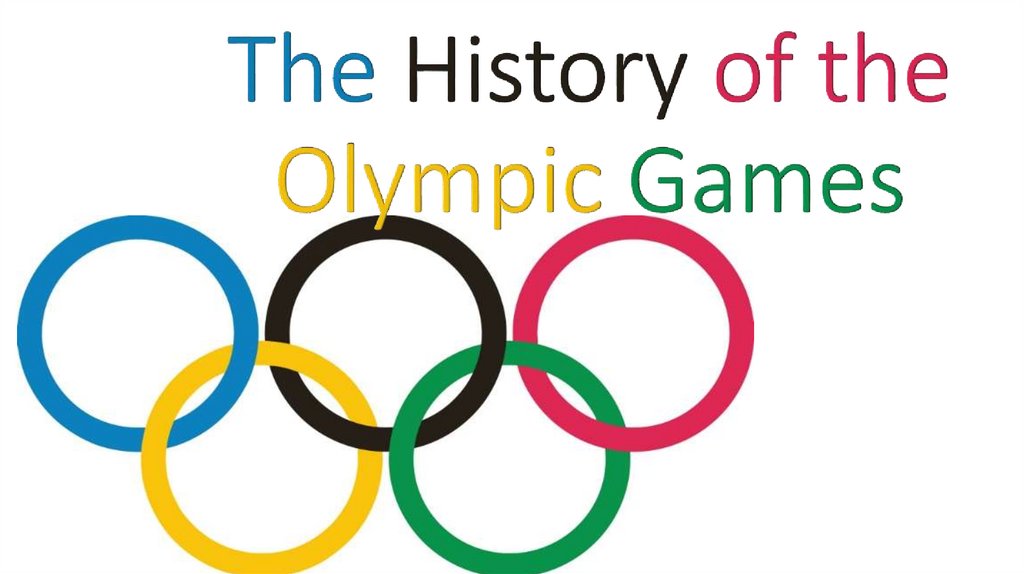Introduction to Rugby
Rugby is a sport that embodies raw physicality, strategic depth, and unyielding camaraderie. Played on a rectangular field with an oval ball, it demands strength, speed, agility, and endurance from its participants. Unlike many team sports, rugby allows for continuous play, with minimal interruptions, fostering a fluid and dynamic contest that can shift momentum in an instant. At its core, rugby is divided into two main codes: rugby union and rugby league, each with its own rules and nuances, but both trace their origins to the same foundational principles.
The sport’s appeal lies in its blend of individual brilliance and collective effort. Players must tackle, pass, kick, and run with the ball, all while adhering to a code of conduct that emphasizes respect for opponents and officials. Rugby is not just a game; it’s a global phenomenon that unites diverse cultures, from the rugged fields of New Zealand to the bustling stadiums of Europe and the emerging pitches in Africa and Asia.
Central to rugby’s prestige is the Rugby World Cup, the quadrennial tournament that crowns the world’s best national team in rugby union. Inaugurated in 1987, it has grown into one of the largest sporting events on the planet, rivaling the FIFA World Cup and the Olympics in terms of viewership and passion. This article delves into the intricacies of rugby as a sport, its historical development, and the grandeur of the Rugby World Cup, exploring how this tournament has shaped the game’s legacy.
Rugby’s origins are steeped in legend and folklore. The most famous tale attributes its invention to William Webb Ellis, a student at Rugby School in England, who in 1823 purportedly picked up the ball during a football match and ran with it, defying the conventions of the time. While historians debate the veracity of this story, it symbolizes the sport’s rebellious spirit against the more restrictive forms of football.
By the mid-19th century, rugby had formalized its rules, separating from association football (soccer). The Rugby Football Union (RFU) was established in 1871 in England, codifying the game and promoting its spread. From there, rugby ventured beyond British shores, finding fertile ground in colonies and trading partners. New Zealand, Australia, South Africa, and France became early adopters, each infusing the sport with local flavors.
The split into rugby union and rugby league occurred in 1895, primarily over the issue of player payments. Northern English clubs, frustrated with the amateur ethos of the RFU, formed the Northern Rugby Football Union (later rugby league), allowing professionalism to attract working-class players. This schism created two parallel universes within rugby, with union remaining amateur until 1995, while league embraced professionalism much earlier.
Today, rugby union is the more globally prominent code, governed by World Rugby, with over 100 member nations. Rugby league, under the International Rugby League, thrives in Australia, England, and Papua New Guinea, among others. Variants like rugby sevens, with seven players per side and shorter matches, have gained Olympic status, further expanding the sport’s reach.

The Fundamentals of Rugby Gameplay
Understanding rugby requires grasping its basic rules, which vary slightly between codes but share common elements. In rugby union, matches are played between two teams of 15 players each, over two 40-minute halves, with a 10-minute halftime. The objective is to score more points than the opponent through tries, conversions, penalties, and drop goals.
A try, worth five points, is scored by grounding the ball in the opponent’s in-goal area. Following a try, a conversion kick from a point perpendicular to where the try was scored adds two points. Penalties, awarded for infractions like offside or foul play, can be kicked for three points or used to gain territory. Drop goals, where the ball is dropped and kicked on the half-volley, also yield three points.
The game’s physicality is evident in tackles, where players must wrap their arms around the ball-carrier below the shoulders. No blocking is allowed; instead, support players form rucks and mauls to secure possession. Scrums, involving eight forwards from each team pushing against each other, restart play after minor infringements, while line-outs, where the ball is thrown in from the touchline, handle out-of-bounds situations.
Rugby league simplifies some aspects: teams have 13 players, and possession is limited to six tackles before turnover. This creates a faster-paced game with more emphasis on running and offloads. Scrums are less contested, and points scoring mirrors union, though with variations in values.
Safety is paramount in modern rugby. Concussion protocols, enforced substitutions, and equipment like mouthguards mitigate risks. The sport’s governing bodies continually refine laws to balance excitement with player welfare, such as recent changes to tackle height to reduce head injuries.
Training for rugby involves a mix of strength conditioning, cardiovascular fitness, and skill drills. Forwards focus on power for scrums and line-outs, while backs hone speed and kicking accuracy. Nutrition, recovery, and mental preparation are equally vital, with professional players often employing sports psychologists.
The Global Spread and Cultural Impact of Rugby
Rugby’s journey from English public schools to international stardom is a testament to its adaptability. In the Southern Hemisphere, nations like New Zealand have elevated it to a national identity. The All Blacks, New Zealand’s team, perform the haka—a Maori war dance—before matches, symbolizing cultural pride and intimidating opponents.
Australia’s Wallabies and South Africa’s Springboks have storied rivalries, with the latter’s 1995 World Cup victory under Nelson Mandela’s presidency marking a pivotal moment in post-apartheid reconciliation. The film “Invictus” captures this, showing how rugby bridged racial divides.
In Europe, the Six Nations Championship—featuring England, France, Ireland, Italy, Scotland, and Wales—showcases passionate rivalries. France’s flair, Ireland’s tactical nous, and England’s historical dominance add layers to the tournament.
Emerging nations like Japan, Fiji, and Georgia are making strides. Japan’s “Brave Blossoms” stunned the world with upsets in recent World Cups, boosting the sport’s popularity in Asia. Pacific Island teams, despite limited resources, produce world-class talent, often migrating to wealthier leagues.
Rugby league’s stronghold is in Australia with the National Rugby League (NRL), where clubs like the Sydney Roosters and Melbourne Storm draw massive crowds. England’s Super League and international events like the Rugby League World Cup parallel union’s structures.
The sport’s cultural impact extends beyond the field. Literature, such as Tom Brown’s School Days, romanticizes its origins. Films and documentaries explore its themes of resilience and teamwork. Rugby fosters values like discipline and respect, often taught in schools worldwide.
Women’s rugby has surged in popularity. The Women’s Rugby World Cup, first held in 1991, highlights growing parity. Teams like New Zealand’s Black Ferns dominate, inspiring female participation and challenging gender norms in contact sports.

Major Leagues and Domestic Competitions
Professionalism transformed rugby in the 1990s. In rugby union, Europe’s United Rugby Championship (URC) unites teams from Ireland, Italy, Scotland, South Africa, and Wales. The English Premiership and France’s Top 14 are powerhouses, attracting global stars with lucrative contracts.
The Heineken Champions Cup pits Europe’s elite clubs against each other, akin to soccer’s Champions League. In the Southern Hemisphere, Super Rugby features franchises from Australia, New Zealand, Fiji, and the Pacific, known for high-scoring encounters.
Rugby league’s NRL is a 17-team competition culminating in the Grand Final at Sydney’s Accor Stadium. State of Origin, a series between New South Wales and Queensland, is league’s marquee event, drawing fervent support.
These leagues not only entertain but also develop talent. Academies scout young players, providing pathways to international caps. Economic aspects, like broadcasting rights and sponsorships, sustain the sport, with billions in revenue.
The Inception and Evolution of the Rugby World Cup
The Rugby World Cup stands as the zenith of rugby union. Proposed in the 1980s amid calls for a global tournament, it was co-hosted by Australia and New Zealand in 1987. Sixteen teams competed, with New Zealand emerging victorious, defeating France 29-9 in the final at Eden Park.
The tournament’s format has evolved. Initially, it featured pool stages followed by knockouts. By 1991, hosted by the British Isles and France, it expanded influence, though England lost the final to Australia. The 1995 edition in South Africa is iconic, with the Springboks’ triumph symbolizing national unity.
Professionalism post-1995 elevated standards. The 1999 World Cup in Wales saw Australia’s dominance, retaining the Webb Ellis Cup. The new millennium brought surprises: England’s 2003 win in Australia, sealed by Jonny Wilkinson’s drop goal, marked the first Northern Hemisphere victory.
Subsequent tournaments showcased diversity. South Africa’s 2007 repeat, New Zealand’s back-to-back titles in 2011 and 2015, and their 2011 home win ended a 24-year drought. The 2019 event in Japan was groundbreaking, with the hosts defeating Ireland and Scotland, though South Africa claimed a third title.
The 2023 Rugby World Cup in France was a spectacle of drama. South Africa defended their crown, edging New Zealand 12-11 in a tense final. Ireland and France impressed in pools but faltered in quarters. The tournament drew record crowds and viewership, affirming rugby’s global stature.

Detailed Chronicles of Past Rugby World Cups
1987: The Inaugural Tournament
Co-hosted by Australia and New Zealand, the first World Cup set the template. New Zealand’s All Blacks, led by captain David Kirk and wing John Kirwan, were unstoppable. They scored 298 points across six matches, conceding just 52. France, with flair from Serge Blanco, reached the final but couldn’t overcome the hosts’ intensity.
Australia and Wales rounded out the top four. The event’s success, with over 600,000 attendees, proved rugby’s viability as a world event.
1991: European Expansion
Hosted across the UK, Ireland, and France, this edition saw 33 matches. Australia, under coach Bob Dwyer, triumphed 12-6 over England in the final at Twickenham. Michael Lynagh’s kicking was pivotal.
Scotland’s semi-final run highlighted Northern Hemisphere progress. The tournament introduced qualifying rounds, broadening participation.
1995: A Nation’s Turning Point
South Africa’s hosting amid post-apartheid euphoria was transformative. The Springboks, captained by Francois Pienaar, defeated New Zealand 15-12 in extra time at Ellis Park, with Joel Stransky’s drop goal deciding it. Mandela’s presentation of the trophy to Pienaar remains an enduring image.
Jonah Lomu, the Kiwi winger, emerged as a star, scoring seven tries. The event united a divided nation, showcasing sport’s healing power.
1999: Southern Dominance
Wales hosted, with matches across Europe. Australia retained the cup, thrashing France 35-12 in the final. Tim Horan’s midfield mastery earned him Player of the Tournament.
Lomu again dazzled, but New Zealand fell in semis to France in a classic comeback. The tournament’s expansion to 20 teams increased competitiveness.
2003: Northern Glory
Australia’s hosting saw England’s golden generation, coached by Clive Woodward, peak. Their 20-17 extra-time win over the hosts, via Wilkinson’s iconic drop goal, was thrilling.
France and New Zealand provided stiff opposition. The event boosted rugby in the host nation, with over 1.8 million tickets sold.
2007: Springbok Redemption
France hosted a tournament marked by upsets. South Africa, led by John Smit, beat England 15-6 in the final, avenging a pool loss. Bryan Habana’s speed was key.
Argentina’s third place surprised many, defeating France twice. The event highlighted tactical evolution, with defense reigning supreme.
2011: Home Sweet Home for All Blacks
New Zealand ended their curse, defeating France 8-7 in a nail-biter at Eden Park. Richie McCaw’s leadership and Dan Carter’s influence (despite injury) were crucial.
Australia’s semi-final win over the All Blacks’ rivals added spice. The tournament aided earthquake recovery in Christchurch.
2015: Back-to-Back for Kiwis
England’s hosting was marred by their early exit, but New Zealand dominated, beating Australia 34-17 in the final at Twickenham. Ma’a Nonu’s try exemplified their class.
South Africa’s loss to Japan—the “Brighton Miracle”—was the biggest upset in rugby history. The event drew 2.47 million spectators.
2019: Asian Awakening
Japan’s first hosting was a triumph. The Brave Blossoms beat Ireland and Scotland, reaching quarters. South Africa won 32-12 against England in the final, with Makazole Mapimpi’s try historic as the first by a Springbok in a final.
Typhoon Hagibis disrupted matches, but the tournament’s spirit prevailed, boosting rugby in Asia.
2023: Drama in France
France’s tournament featured intense quarters: South Africa edged France 29-28, New Zealand thrashed Argentina. The final saw South Africa’s 12-11 win over New Zealand, with Handre Pollard’s kicking decisive.
Ireland’s quarter-final curse continued, losing to New Zealand. Portugal’s upset draw with Georgia highlighted minnows’ progress.
Legendary Players and Iconic Teams
Rugby’s pantheon includes giants like Jonah Lomu, whose power redefined wing play. Richie McCaw, with 148 caps, epitomizes leadership. Dan Carter’s 1,598 points make him the top scorer.
South Africa’s Siya Kolisi, the first black captain to win the World Cup, inspires. France’s Serge Blanco and Australia’s David Campese dazzled with flair.
Teams like the All Blacks boast an 87% win rate. The Springboks’ resilience, Wallabies’ innovation, and England’s structure define eras.
Women’s legends include England’s Emily Scarratt and New Zealand’s Portia Woodman, who holds the try-scoring record.
The Societal and Economic Influence of Rugby and the World Cup
Rugby promotes inclusivity, with programs for disabled and LGBTQ+ players. The World Cup generates billions in economic impact, from tourism to merchandise.
Challenges include player welfare, with lawsuits over concussions. Doping and match-fixing are rare but monitored.
The sport’s growth in the Americas and Africa promises diversity. The 2027 World Cup in Australia and 2031 in the USA will expand horizons.
The Last Rugby World Cup (2023)
The most recent Men’s Rugby World Cup took place in France from September 8 to October 28, 2023. It featured 20 teams competing in a pool stage followed by knockout rounds. South Africa defended their title in dramatic fashion, defeating New Zealand 12-11 in the final at the Stade de France in Paris. This marked South Africa’s fourth World Cup victory (previously in 1995, 2007, and 2019), making them the first nation to win the tournament four times. The Springboks overcame two red cards during the tournament and topped a challenging pool that included Scotland and hosts France.
Key highlights:
- Top scorers: Handré Pollard (South Africa) led with 69 points.
- Attendance: Over 2.4 million fans attended matches across nine stadiums.
- Viewership: The final drew a global audience of around 1.7 billion.
For full results and standings, the tournament showcased intense rivalries, with upsets like Fiji’s win over England in the pools.

Upcoming Rugby World Cups
Rugby World Cups alternate between men’s and women’s editions, with host nations confirmed through 2033. The men’s tournament expands to 24 teams starting in 2027, aiming to broaden global participation. Here’s a summary:
| Edition | Gender | Host Nation | Dates | Key Notes |
|---|---|---|---|---|
| 2025 | Women’s | England | August 22 – September 27, 2025 | First standalone women’s event since 2017; 16 teams; hosted across eight venues including Twickenham. |
| 2027 | Men’s | Australia | October 1 – November 13, 2027 | Expanded to 24 teams; draw held December 2024; focuses on Pacific Island nations’ inclusion. |
| 2029 | Women’s | Australia | TBC | Builds on 2027 men’s event; emphasizes growth in Asia-Pacific region. |
| 2031 | Men’s | United States | TBC | Aims to tap into North American market; potential venues in multiple cities like Los Angeles and New York. |
| 2033 | Women’s | United States | TBC | Continues push for gender parity and U.S. rugby expansion. |
These announcements underscore World Rugby’s strategy to alternate hosts between hemispheres and grow the women’s game, which saw a 17% participation increase during the 2023 men’s event.
The Future of Rugby Union
Rugby union is at a pivotal moment, balancing explosive growth with existential challenges. As of 2025, the sport is projected to see sustained expansion, particularly in emerging markets, but it must adapt to survive in a crowded global sports landscape. Here’s a breakdown of key trends:
Growth and Global Expansion
- North American Boom: The U.S. is rugby’s next frontier, with Major League Rugby (MLR) expanding to 12 teams by 2025. The 2031 World Cup in the USA is expected to accelerate this, potentially adding millions of fans. A 2025 docuseries, United States of Rugby, highlights the Chicago Hounds’ story and the sport’s grassroots push amid funding hurdles. Participation in North America has grown 20% since 2020, driven by women’s and sevens formats.
- Grassroots Impact: Globally, rugby generates $8.4 billion in societal value through health, social cohesion, and economic benefits. Fan numbers grew 10% by 2025, with women’s rugby leading the charge—participation up 17% post-2023 World Cup.
- Inclusivity: The 2027 men’s expansion to 24 teams eliminates “tiers,” allowing more nations (e.g., Pacific Islands) to compete at the elite level, fostering a more competitive international calendar.
Technological and Tactical Evolution
- Tech Integration: Advanced analytics for player tracking, injury prevention, and refereeing (e.g., AI-assisted scrum analysis) are transforming the game. Wearables and data platforms help reduce concussion risks, a hot-button issue after 2023 controversies.
- Betting and Media: In-play betting has surged 30% in major markets, while streaming deals (e.g., Six Nations media rights debates) aim to rival soccer’s visibility. VR training and esports variants could attract Gen Z.
Challenges and Reforms
- Health and Safety: Concussions remain a “crisis,” with lawsuits against World Rugby ongoing. Expect stricter tackle laws (e.g., below-the-shoulder mandates) by 2027.
- Financial Pressures: Club insolvencies in England and Super Rugby’s contraction highlight revenue woes. Solutions include private equity investments and sustainable calendars to curb player burnout.
- Sustainability: Amid climate concerns, venues are going green (e.g., solar-powered stadiums), and the sport eyes carbon-neutral events by 2030.
Overall, rugby’s future looks bright if it leans into tech, women’s growth, and U.S./Asia markets—potentially rivaling cricket in the Global South. However, without bold reforms on safety and finances, it risks fading against football and basketball. Watch for the 2025 Women’s World Cup as a litmus test for momentum.




